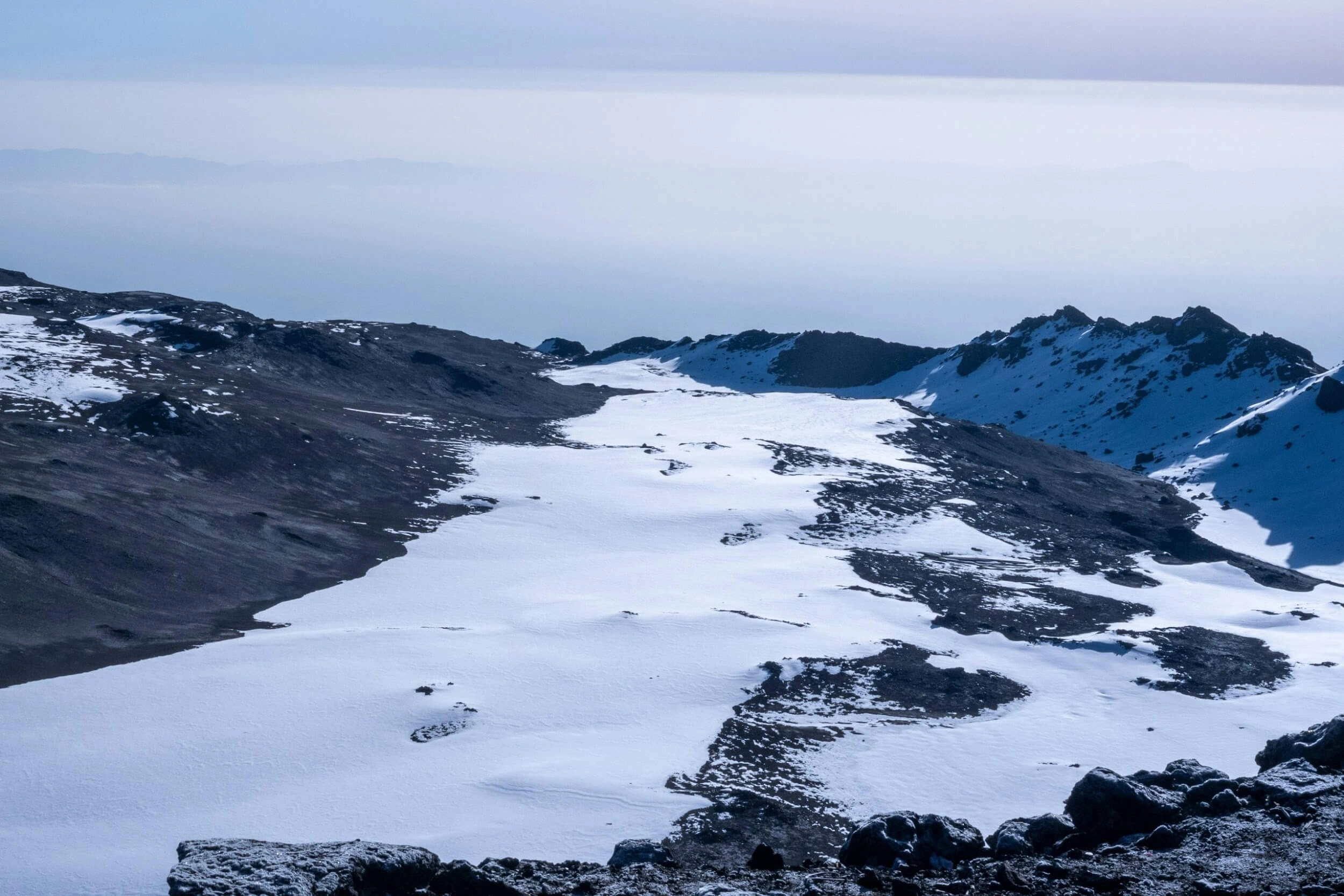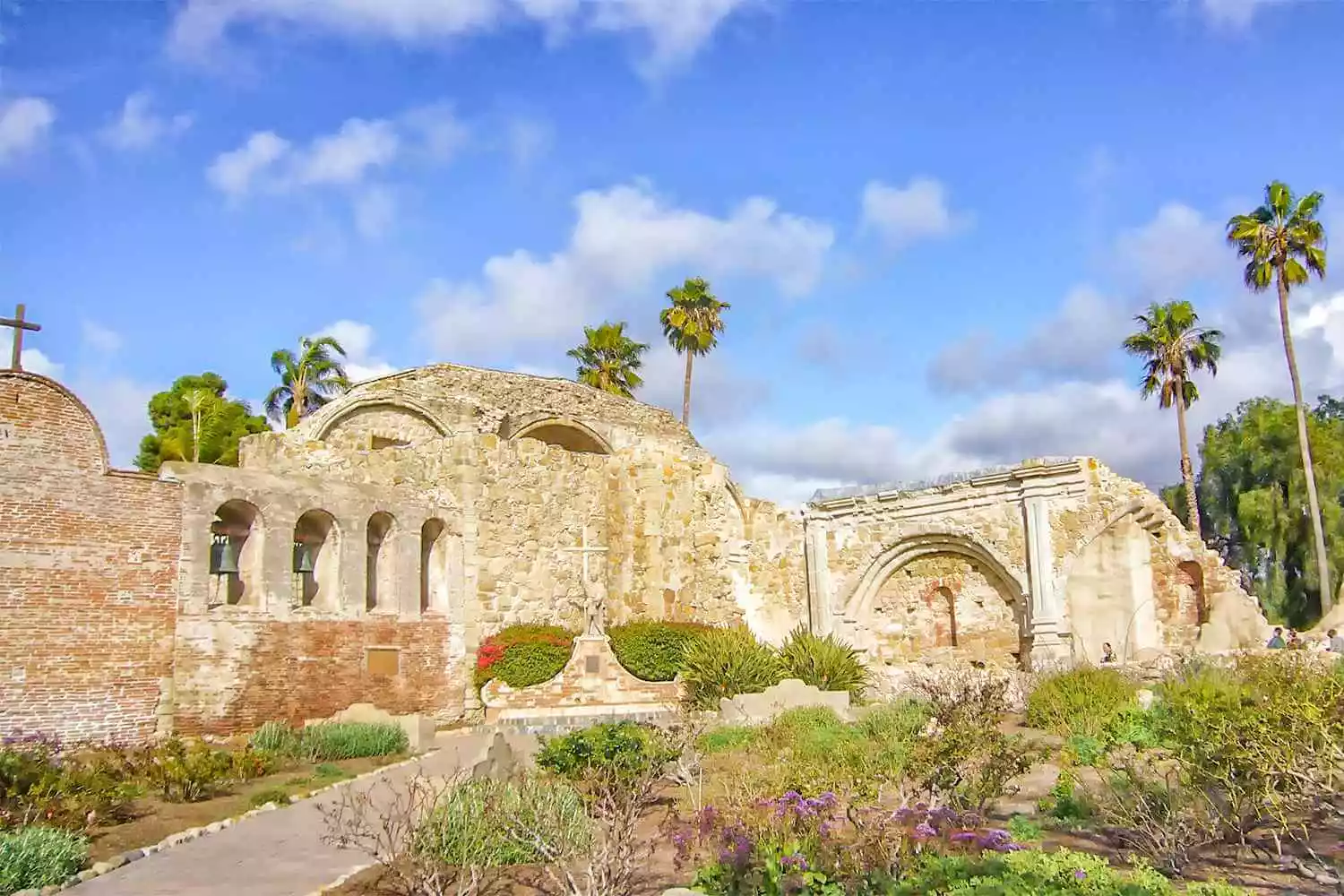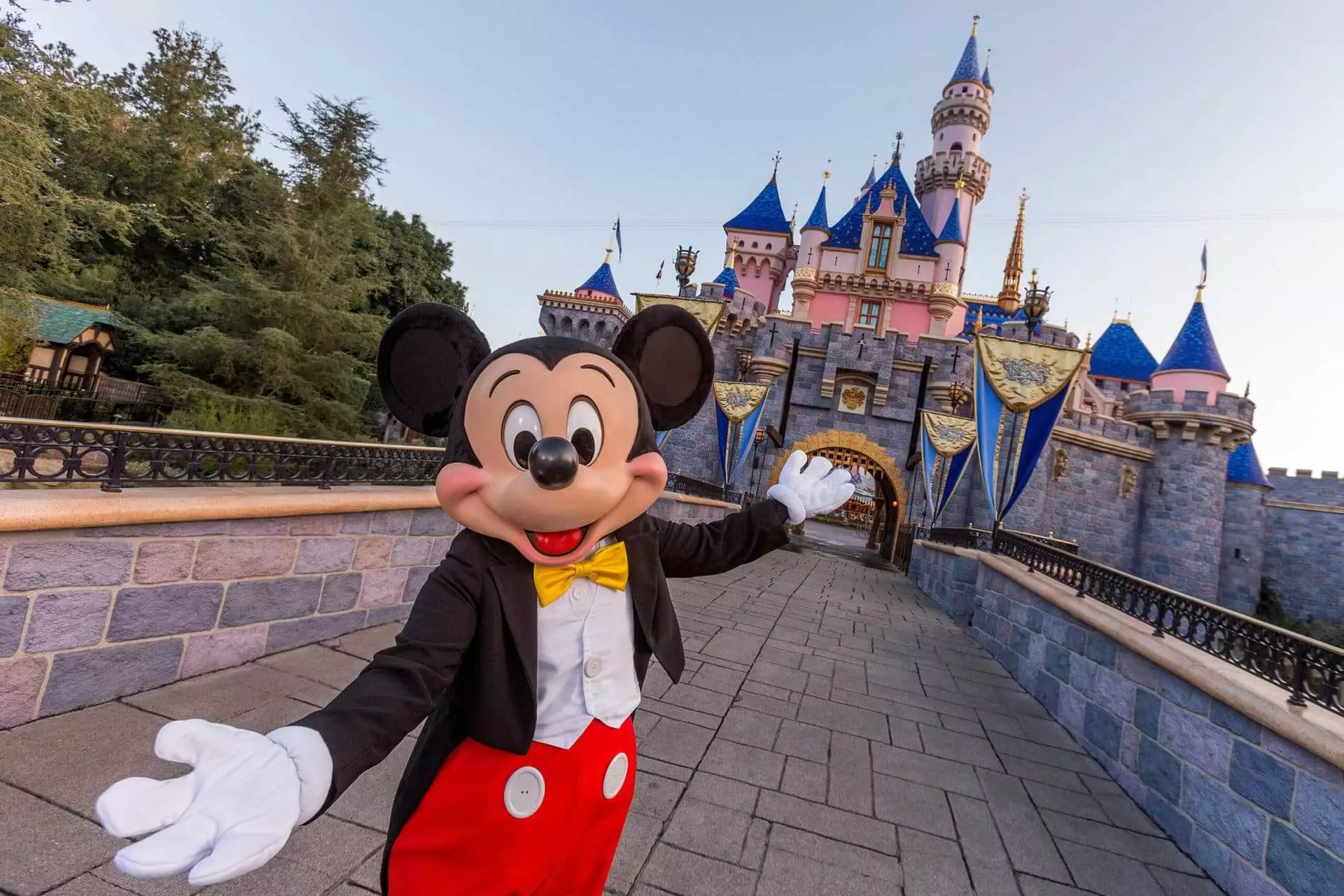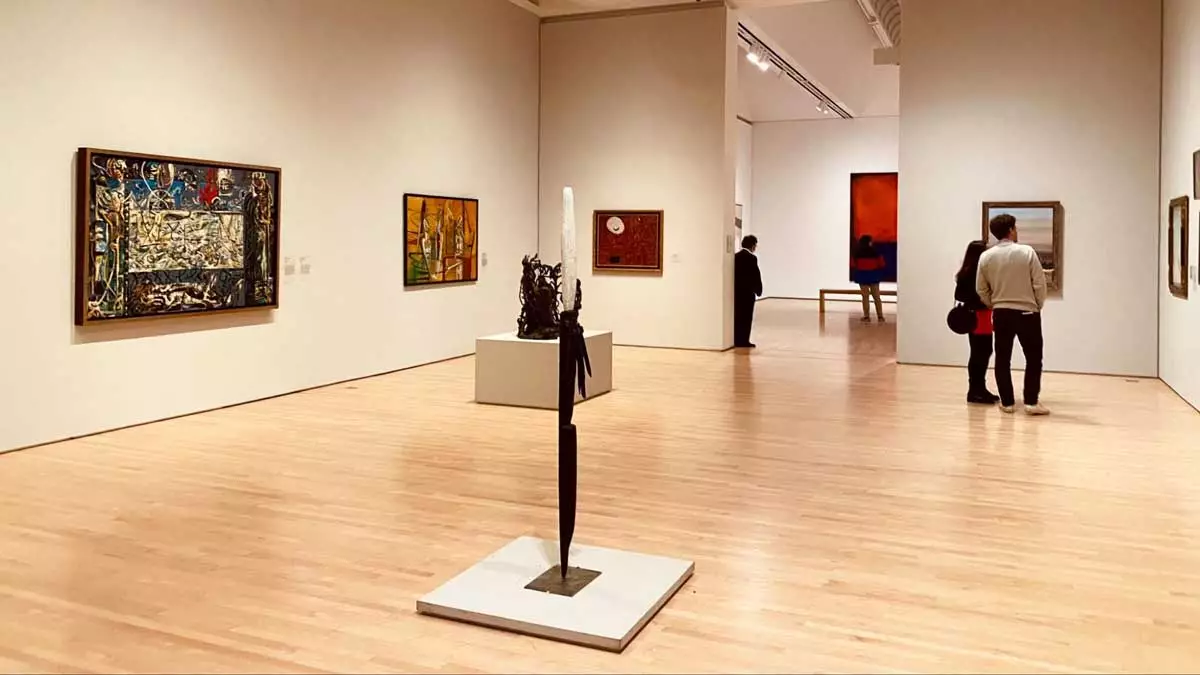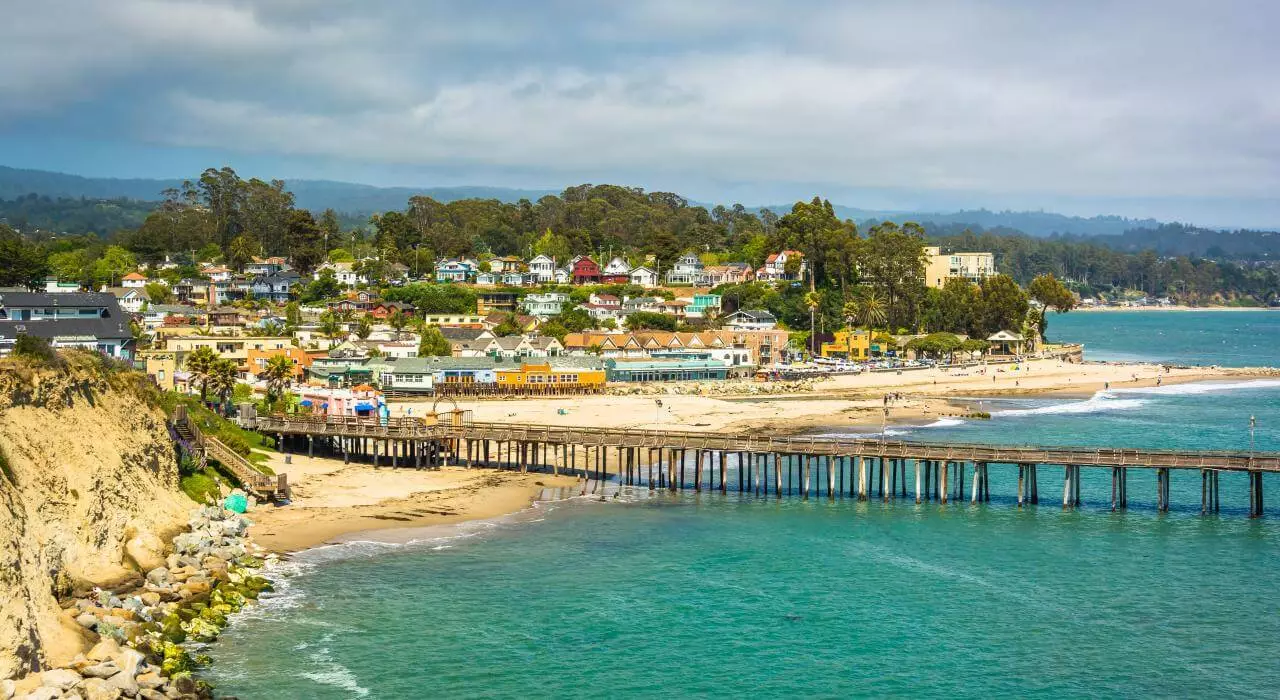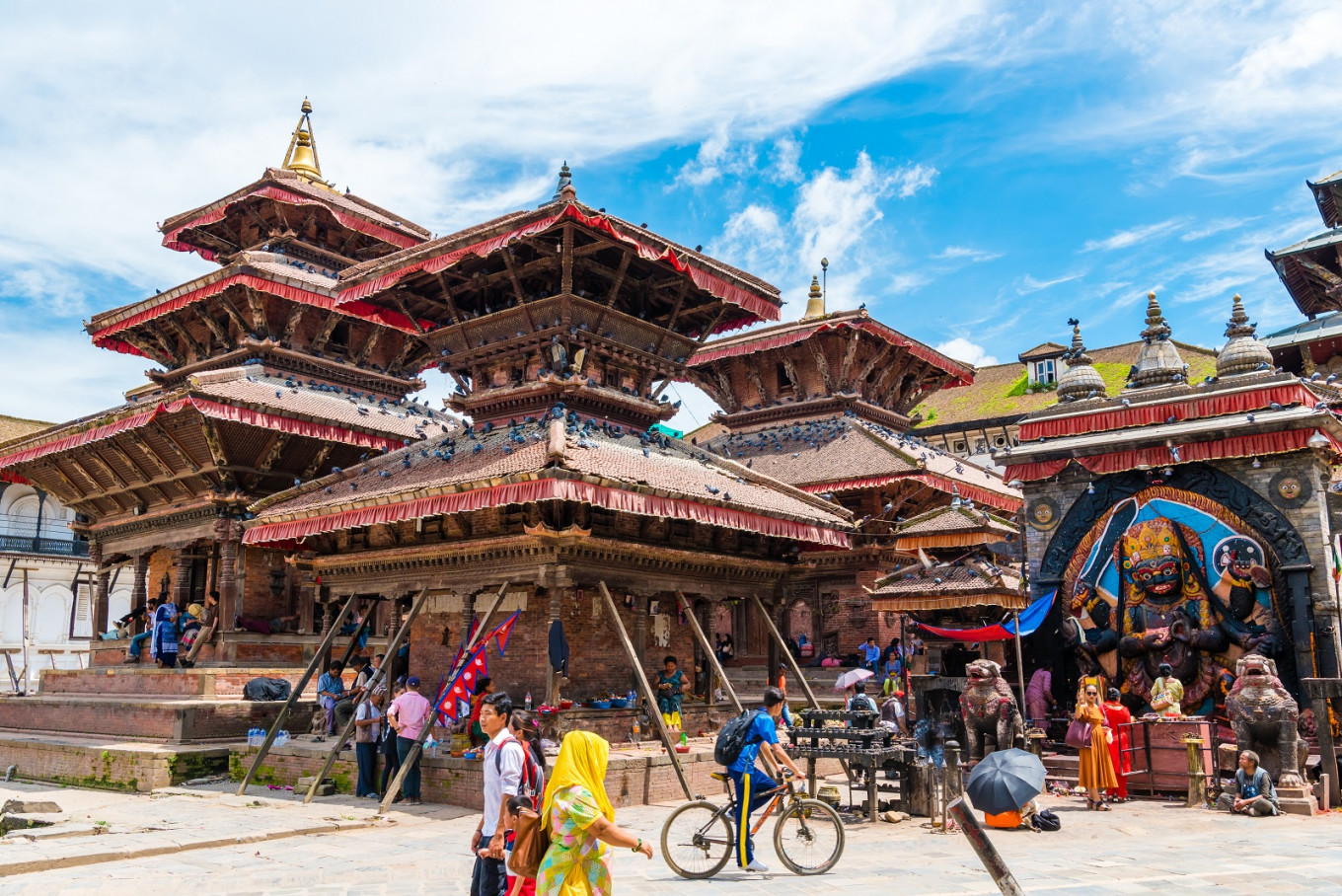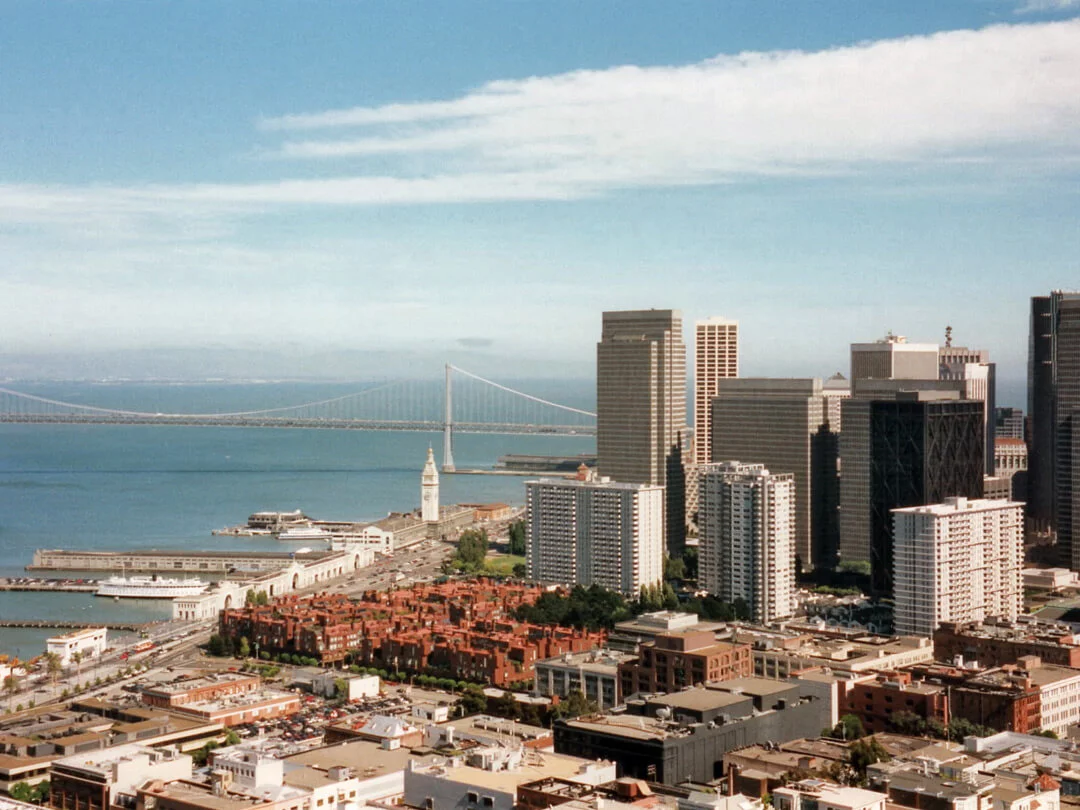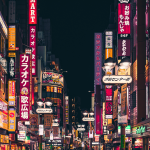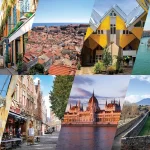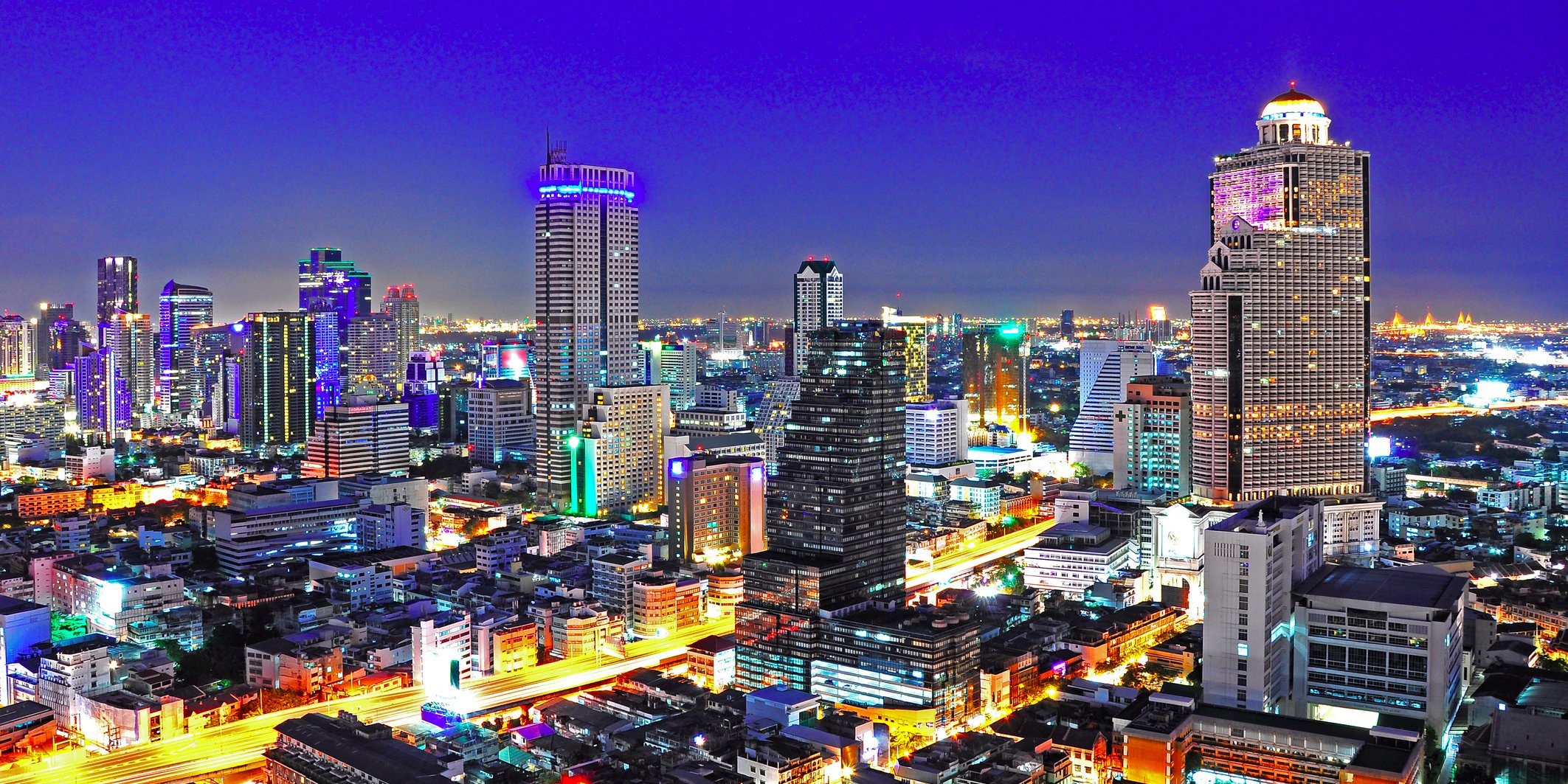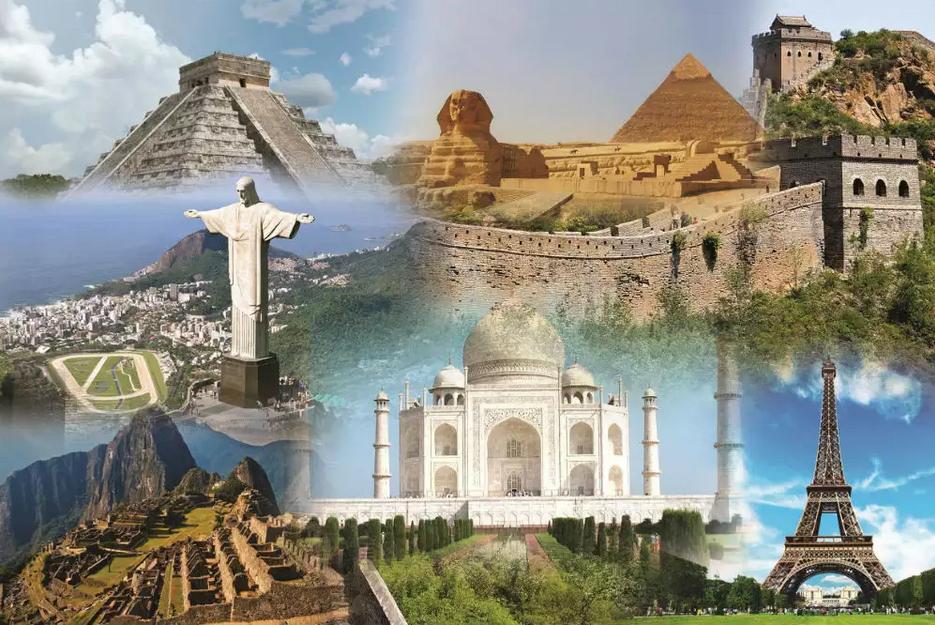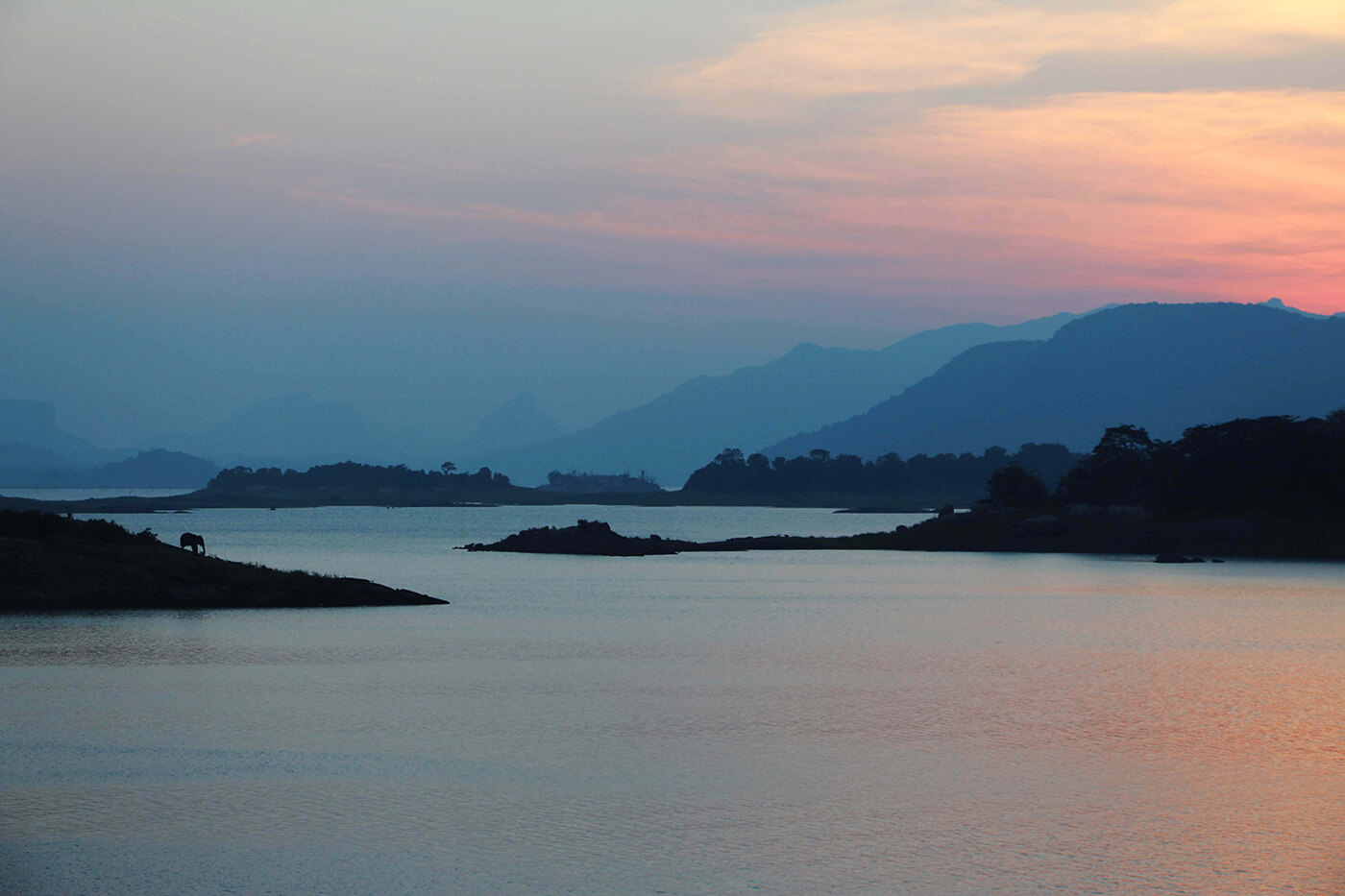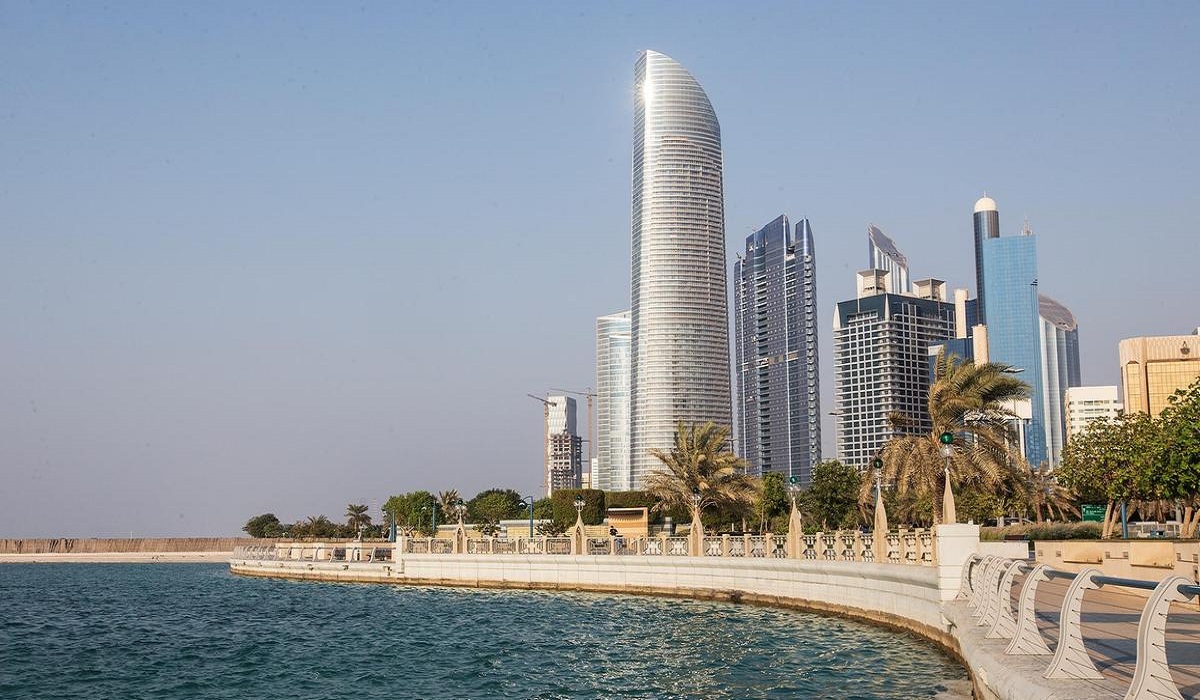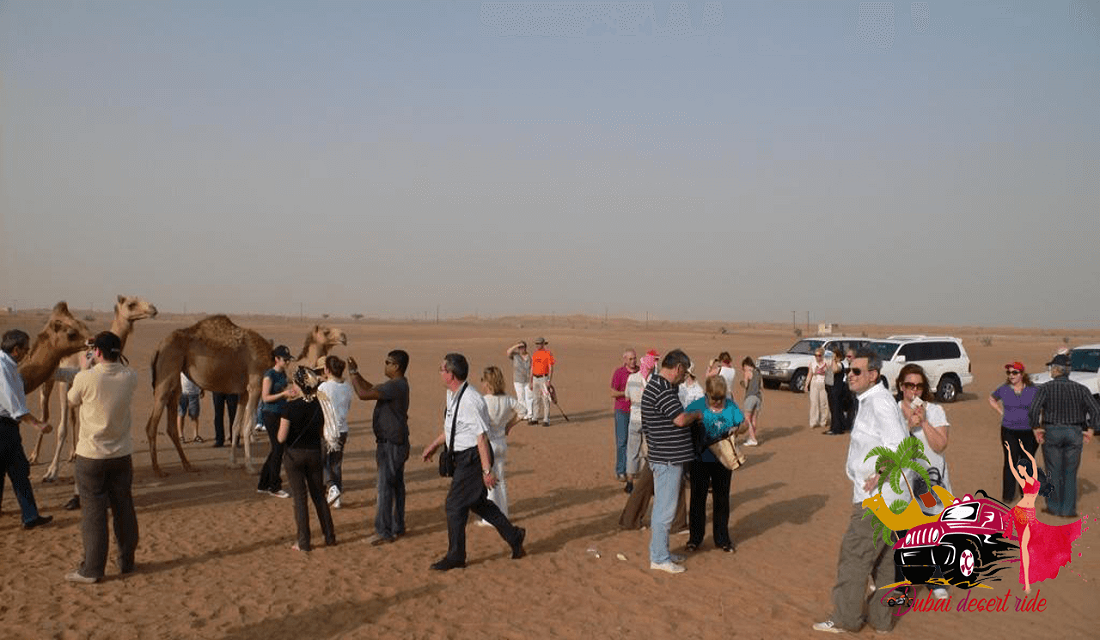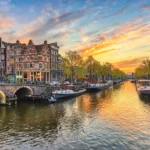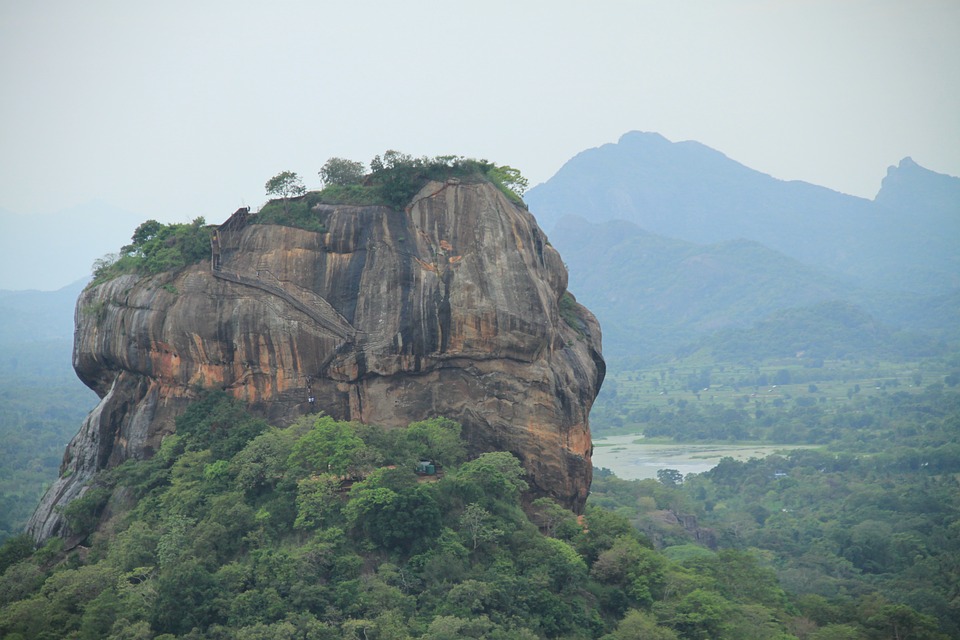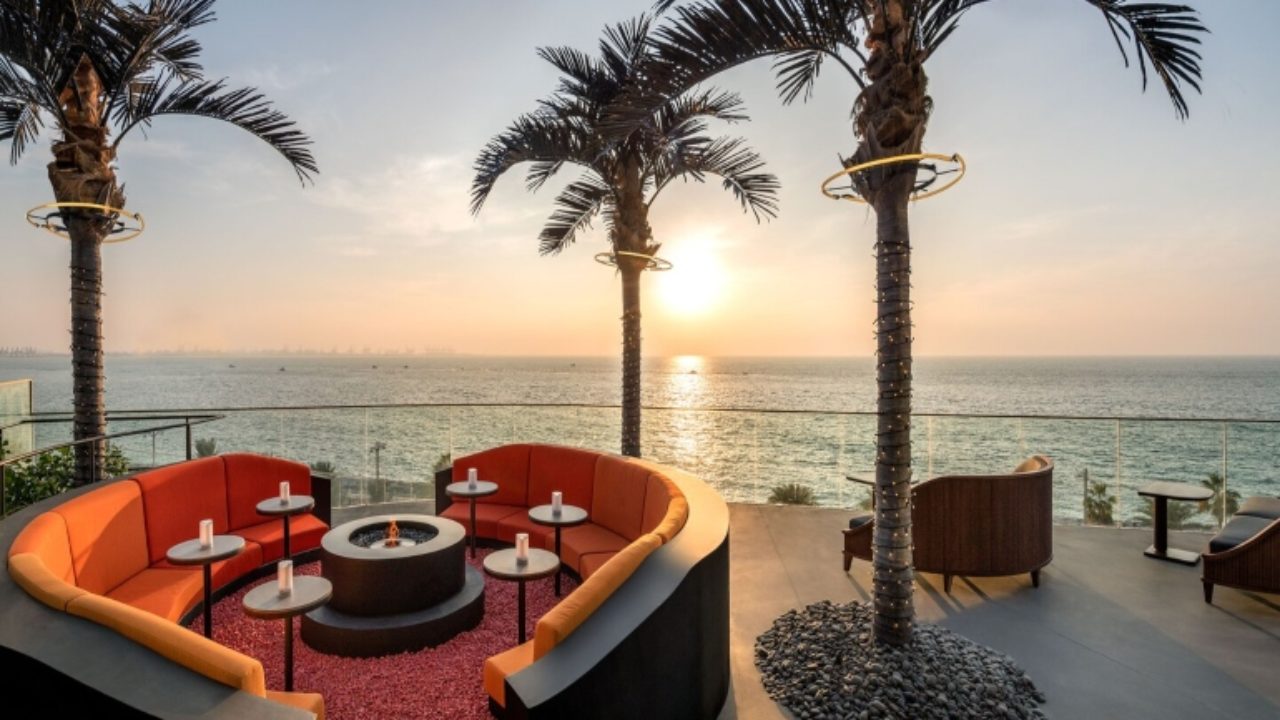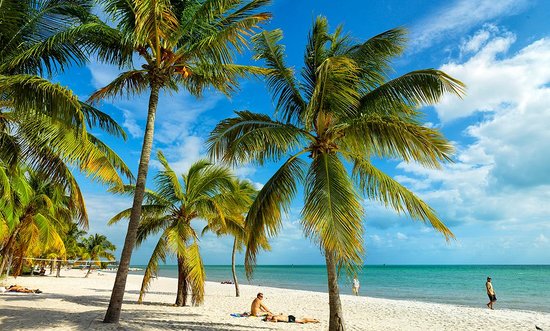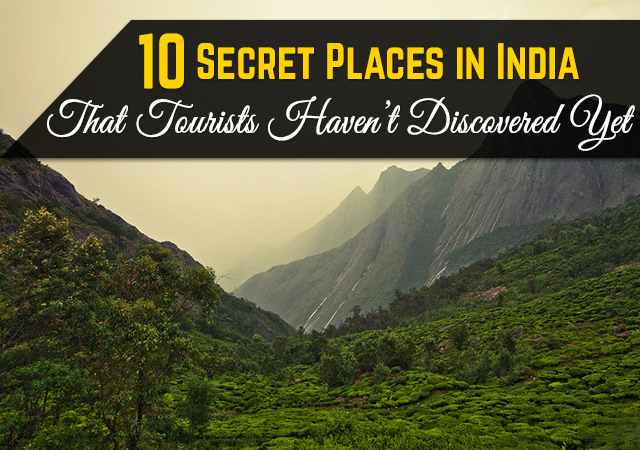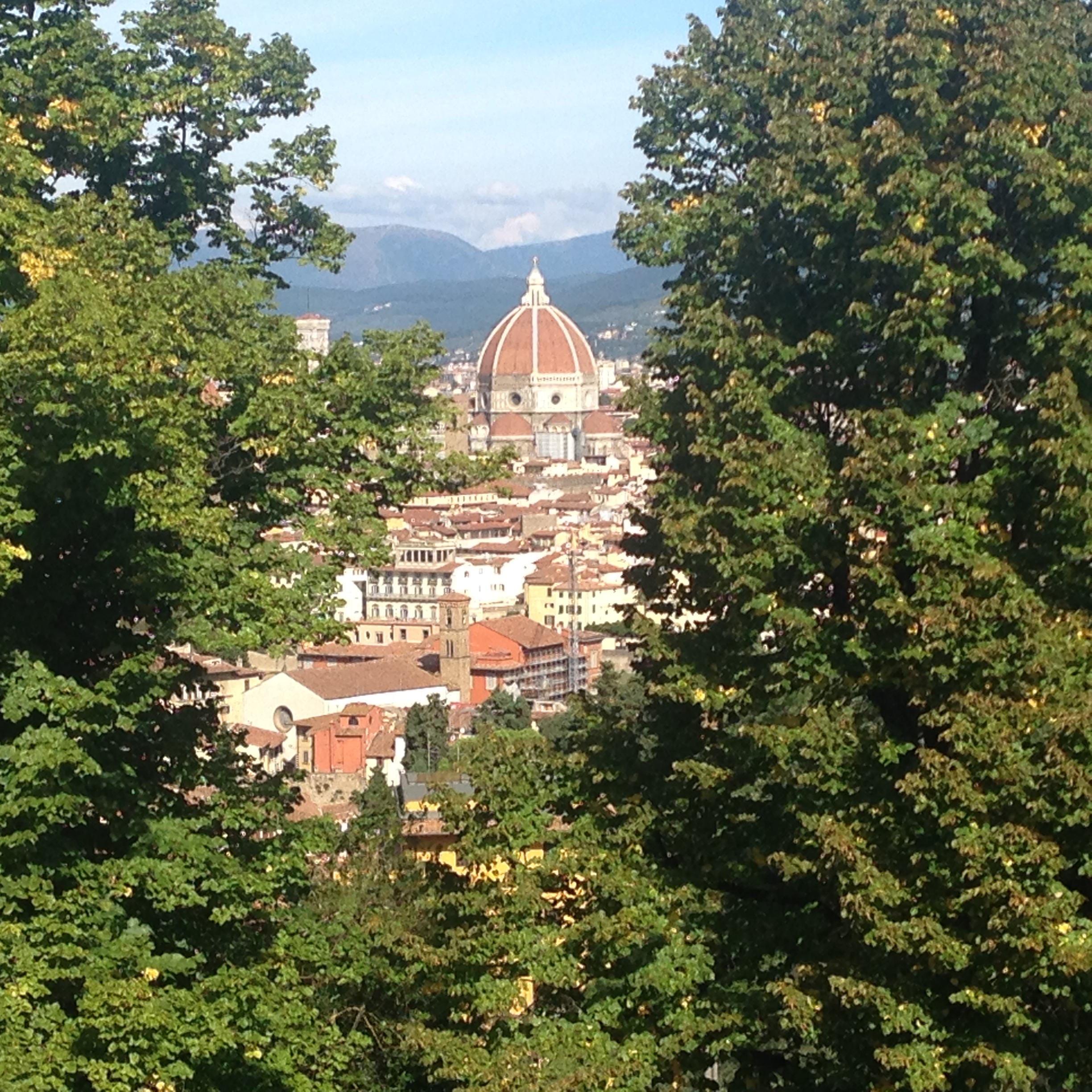How to Capture Stunning Photos on Your Kilimanjaro Trek
Stunning Photos on Your Kilimanjaro Trek: Climbing Mount Kilimanjaro is an extraordinary adventure and a journey through diverse landscapes and breathtaking vistas. Capturing the essence of this experience in photographs ensures you can relive the memories and share the beauty of the Roof of Africa with others. Whether you’re a seasoned photographer or a beginner, here’s a guide to help you take stunning photos during your Kilimanjaro trek.
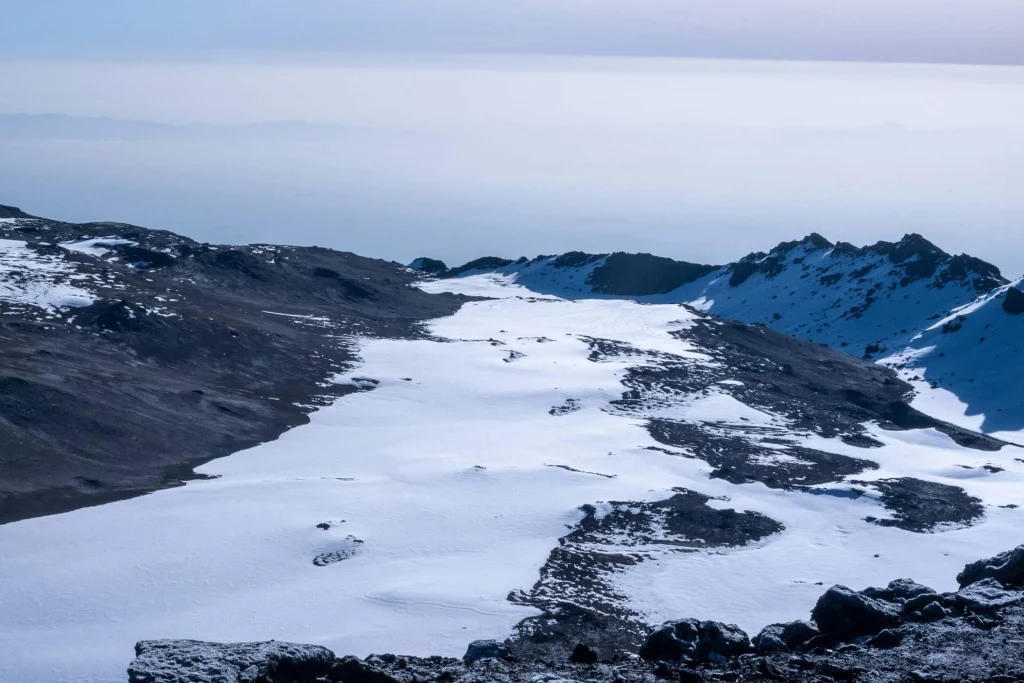
Content
Stunning Photos on Your Kilimanjaro Trek
1. Gear Up: Choosing the Right Equipment
Invest in a Quality Camera
While smartphones have impressive cameras, a dedicated DSLR or mirrorless camera allows for more control and higher-quality images. Choose a lightweight and weather-resistant model to handle the rigours of the trek.
Pack the Right Lenses
- Wide-angle lens: Perfect for capturing expansive landscapes.
- Telephoto lens: Great for zooming in on distant peaks, wildlife, or climbers.
- Prime lens: Offers stunning clarity for portraits of your team or detailed shots of flora and fauna.
Don’t Forget Accessories
- Tripod: Essential for low-light or night photography, especially for capturing the Milky Way at higher altitudes.
- Extra batteries and memory cards: The cold can drain batteries quickly, so bring spares.
- Weatherproof camera bag: Protect your equipment from rain, dust, and shocks.
2. Mastering Lighting: The Key to Great Photos
Golden Hour Magic
The best light for photography occurs during sunrise and sunset when the sunlight creates dramatic shadows and warm hues. Plan your shots during these times, especially at scenic spots like Shira Plateau or Stella Point.
Handle Harsh Midday Sun
While midday light can be harsh, using a polarising filter can reduce glare and enhance the sky’s colour. Adjust your camera settings to avoid overexposed shots.
Capture Starry Nights
At higher altitudes, Kilimanjaro offers stunning views of the night sky. Use a tripod and a long exposure setting to capture the Milky Way and star trails.
3. Plan Your Shots: Know the Best Locations
Forest Zone
The lower slopes of Kilimanjaro feature lush greenery and towering trees. Look for beams of sunlight filtering through the forest canopy for magical shots.
Shira Plateau
This expansive plateau offers wide-open landscapes with views of the mountain looming ahead. Use a wide-angle lens to capture its vastness.
Barranco Wall
This iconic feature provides dramatic angles and opportunities to photograph climbers scaling the wall. It’s a must-shoot spot for action shots.
Summit and Uhuru Peak
The summit is the ultimate photo opportunity. Capture the iconic sign at Uhuru Peak, the glaciers, and the view of the surrounding clouds. Be mindful of the cold to protect both yourself and your equipment.
4. Composition Tips for Stunning Shots
Rule of Thirds
Divide your frame into thirds, both horizontally and vertically. Place your subject along these lines or at their intersections for a balanced composition.
Foreground Interest
Add depth to your images by including rocks, plants, or a trekking partner in the foreground. This technique creates a sense of scale, especially with Kilimanjaro’s vast landscapes.
Leading Lines
Use trails, ridgelines, or natural patterns to guide the viewer’s eye into the frame, creating dynamic and engaging compositions.
Framing
Use natural elements like trees, caves, or rock formations to frame your subject. This adds context and draws attention to the focal point.
5. Tips for Photographing People and Teams
Candid Moments
Capture authentic moments of your team hiking, resting, or interacting. These candid shots tell the story of your journey.
Portraits
Take close-ups of fellow climbers with the mountain as the backdrop. Pay attention to lighting and use a wide aperture for a beautifully blurred background.
Group Shots
Coordinate group photos at key milestones, like at camp or the summit. Use a timer or remote trigger for sharp and well-composed group images.
6. Respect Nature and Local Customs
Stay on Designated Trails
Avoid damaging the environment by stepping off trails for a better angle. Work with the natural elements to create stunning shots responsibly.
Engage with Local Guides and Porters
Ask for permission before photographing people, especially your guides or local porters. A polite approach often leads to cooperative and heartfelt images.
7. Post-Trek Photo Editing
Use Editing Software
After your trek, enhance your photos using software like Adobe Lightroom or Photoshop. Adjust brightness, contrast, and saturation to bring out the best in your images.
Stay Authentic
Avoid over-editing. Aim to preserve the natural beauty of Kilimanjaro while highlighting the scene’s details and vibrancy.
8. Essential Reminders
Protect Your Gear from the Elements
Kilimanjaro’s weather is unpredictable. Use lens cloths to clean moisture or dust and ensure your camera stays in a protective bag when not in use.
Stay in the Moment
While capturing memories is important, don’t forget to experience the trek fully. Take breaks from photography to appreciate the scenery and connect with the journey.
Conclusion
Capturing stunning photos on your Kilimanjaro trek is about more than just having the right equipment—it’s about understanding the landscape, being prepared for the conditions, and taking the time to compose meaningful shots. With the proper techniques, you can immortalise the beauty and spirit of your adventure while creating a visual diary of your journey to the Roof of Africa. So, gear up, plan your shots, and let Kilimanjaro’s majestic landscapes inspire your creativity.

This author’s life has been an adventure. He has visited over 30 countries, and lived in four different states. He is a traveler at heart, but he also loves exploring the outdoors on his bicycle or hiking with his canine companion.
